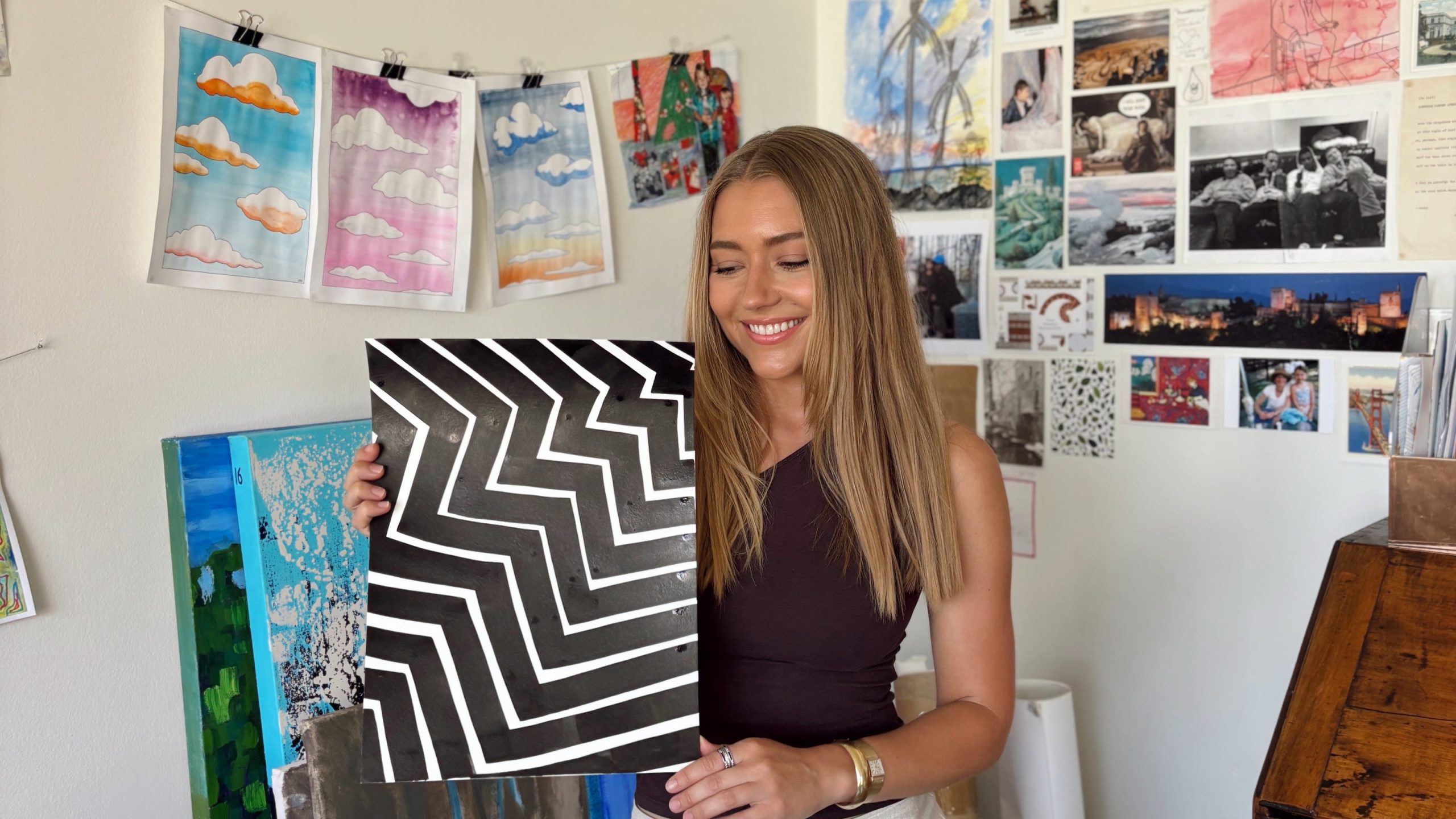In an era increasingly defined by rapid information consumption and pervasive digital distraction, a novel trend has emerged on TikTok, offering an unexpected sanctuary for the mind. Los Angeles-based artist Phoenix is captivating millions with her unique “attention rehab” video series, transforming the platform’s fast-paced environment into a haven for cultivating deep focus and mental clarity through soothing zentangle drawings. This innovative approach stands in stark contrast to typical short-form content, providing a much-needed antidote to the fragmented cognitive patterns prevalent today.
Phoenix’s viral videos guide viewers through intricate, calming art exercises, often extending upwards of eight minutes—a significant departure from the typical quick-hit content that dominates social media. These deliberate, slow-paced sessions encourage viewers to immerse themselves fully, fostering improved attention span and helping to break the cycle of incessant “doom scrolling.” Her methodology is not merely about art; it’s a meditative practice designed to re-engage and train the brain for sustained concentration.
“This evening we’ll be doing another watercolor Zentangle painting,” Phoenix gently begins in her videos, showcasing notebooks filled with swirling patterns of hearts, stars, and diamonds. She emphasizes the intention behind her work: “This is going to be a nice soothing video for you to chill out to and get lost in the zone for a little bit.” Her guided sessions invite participants into a state of flow, promoting genuine relaxation and a heightened state of cognitive focus.
Child psychiatrist and Yale School of Medicine professor Yann Poncin offers expert insight into the phenomenon, explaining why these seemingly simple videos resonate so deeply with audiences. According to Poncin, their appeal lies in providing a crucial respite from the constant bombardment of short-burst content, which often leaves individuals feeling overstimulated and mentally fatigued. The deliberate pace of Phoenix’s mindful art serves as a powerful counterpoint to the relentless notifications and rapid content shifts that define modern digital life.
The challenge to sustained attention is particularly acute among younger demographics, who are constant users of social media platforms. Recent 2024 data from the Pew Research Center highlights this, with nearly half of individuals under 30 reporting they are online constantly, and a staggering 72% of teens admitting to checking notifications almost immediately upon waking. This pervasive digital presence fosters constant avenues of distraction, fragmenting attention span and leading to habits like “parallel processing”—simultaneously engaging with multiple digital streams, further hindering cognitive focus.
For Phoenix herself, the zentangle practice is a personal form of digital wellness and rejuvenation. “I’m someone who has lots of tabs open in my mind all the time, which is helpful, but it can be really, really draining,” she shares. “I see the zentangles as a moment where I’m able to recharge.” This personal connection underscores the universal need for structured breaks and intentional mental clarity in an increasingly demanding world.
Viewer testimonials echo the profound impact of these sessions. One user commented, “I had no idea this was 8 minutes long. I watched the entire thing and thought it was three minutes at most,” while another succinctly described the experience as a “nap for my brain.” These responses underscore the video’s effectiveness in drawing viewers into a deep, sustained state of engagement, defying the typical attention spans cultivated by fast-paced platforms.
Dr. Poncin further advises on practical strategies for improving attention span, suggesting small, deliberate interventions to limit smartphone distraction throughout the day. These include leaving one’s phone at a desk during short breaks or committing to watching an entire TV episode without interruption. Such practices contribute to training the brain to relax and better regulate its focus, promoting overall mental clarity.
For those inspired to embark on their own attention span rehab journey, Phoenix offers actionable advice. She emphasizes the importance of carving out intentional time for a break and establishing a conducive environment. She recommends engaging with a podcast or audiobook while drawing—currently Nora Ephron is her preferred accompaniment—with a hot latte nearby. The final, crucial steps involve setting a clear intention, whether a specific thought to focus on or a set duration for drawing, before activating “do not disturb” mode on one’s phone and fully immersing in the methodical nature of the mindful art.






Leave a Reply